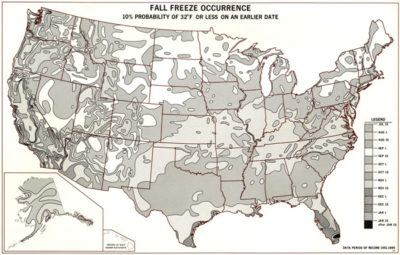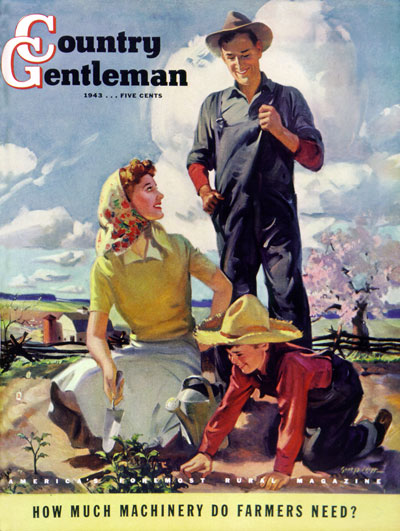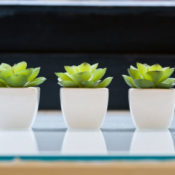Fall has arrived, and the kids are back in school. What better time to provide your children or grandchildren with a lesson in edible fall gardens. The whole family will enjoy planting (and eventually eating) fresh vegetables from your own backyard.
Lesson 1: Know the average date of the first hard frost in your region. Then check the date on the seed packets for the recommended harvesting days. Count backwards from the frost date to determine the proper planting time.
Lesson 2: Know what to plant. If your fall season is typically mild, cauliflower and cucumbers are good choices, in addition to crops that are more tolerant of the colder climates. These include broccoli, cabbage, Brussels sprouts, carrots, beets, collards, kale, kohlrabi, mustard, onions, radishes, spinach, lettuce, turnips, and Swiss chard.

Lesson 3: Finally, know how to protect your garden from the enemy: cold weather. Together, your family can build a miniature greenhouse known as a cold frame. This will help protect plants from frigid winds and dropping temperatures. Cold frames can be constructed with a variety of materials. Some use polycarbonate or glass; others use plastic or nylon sheeting held up with wire hoops or wood frames. You can make a cold frame using an old window and scrap lumber just by nailing the scrap wood together to form a four-sided base, or fasten the ends to the sides using galvanized L-brackets and galvanized screws. (Be sure to use untreated lumber as chemicals from treated lumber may contaminate the soil and produce). Then, top it with a storm window. Consider hinging the window to the frame at the back so the window can be propped open on warm days.
The height of the sides should accommodate the crops you want to grow. Recommended frame dimensions include 3 feet by 6 feet or 4 feet by 8 feet. The height should be about 8 to 12 inches.
Position the cold frame on a south-facing slope backed by a building, which will protect the frame from north and west winds. Seed the frame with your selected cool-season veggies and enjoy your crops fresh into winter!
The National Garden Bureau provides a helpful directory for researching local garden extensions: ngb.org/gardening/links/index.cfm.
Become a Saturday Evening Post member and enjoy unlimited access. Subscribe now



